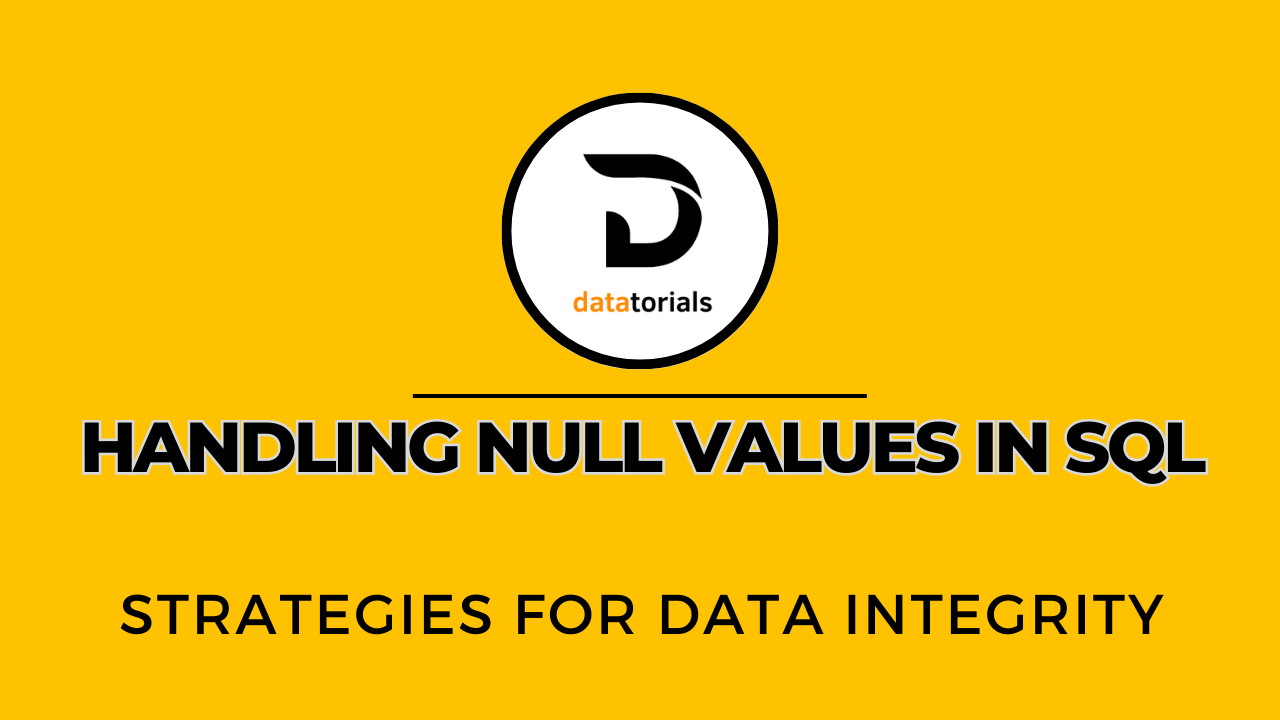Handling NULL Values in SQL: Strategies for Data Integrity

Introduction:
In the realm of databases, NULL values are both a blessing and a challenge. While they allow for flexible data representation, they can also complicate data operations and integrity. This blog post explores the nuances of dealing with NULL values in SQL and presents effective strategies to maintain data accuracy and integrity.
Understanding NULL Values: NULL represents the absence of a value in a database field. It’s not the same as zero or an empty string; it signifies missing or unknown data. Properly handling NULL values is crucial to prevent data inconsistencies and errors.
Strategies for Data Integrity:
Use COALESCE() to Replace NULL: The COALESCE() function replaces NULL values with a specified alternative. This ensures that calculations, comparisons, and aggregations involving NULL values produce consistent results.
Filtering with IS NULL and IS NOT NULL: Utilize the IS NULL and IS NOT NULL operators to filter and identify records with missing or existing values. This approach helps you target data quality issues efficiently.
Separate NULL and Non-NULL Values: Maintain data clarity by avoiding mixing NULL and non-NULL values in the same column. Design your schema to accommodate missing data without compromising the distinction between valid and missing values.
CASE Statements for Conditional Handling: Leverage CASE statements to handle NULL values conditionally. You can transform NULL values into meaningful placeholders or handle them based on specific business rules.
Set Default Values: Assign default values to columns that might encounter NULL values. This practice ensures consistent data representation and prevents unexpected outcomes.
Managing Joins and NULLs: When working with joins, be mindful of NULL values. Employ appropriate JOIN types and conditions to account for potential NULLs in joined columns, maintaining accurate result sets.
Conclusion:
Dealing with NULL values requires a balanced approach that ensures both flexibility and data integrity. By implementing strategies like COALESCE(), IS NULL / IS NOT NULL filtering, and careful data modeling, you pave the way for a database environment that not only handles missing data gracefully but also upholds data accuracy and reliability. A well-handled NULL can be a valuable asset, contributing to better-informed decision-making and a more robust data ecosystem.
